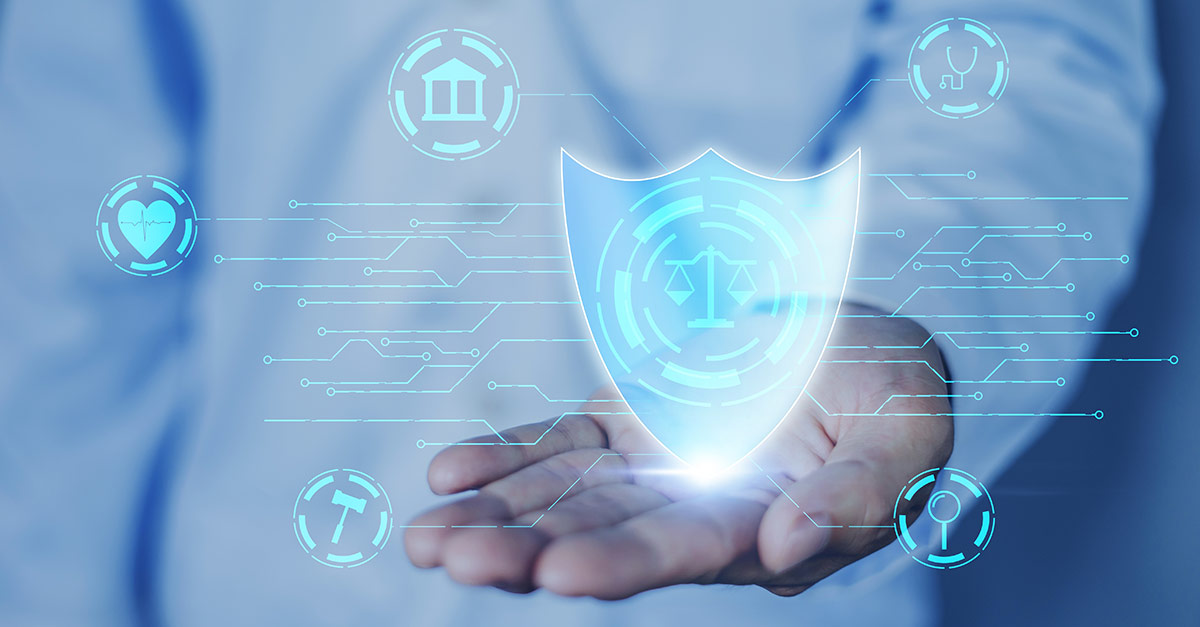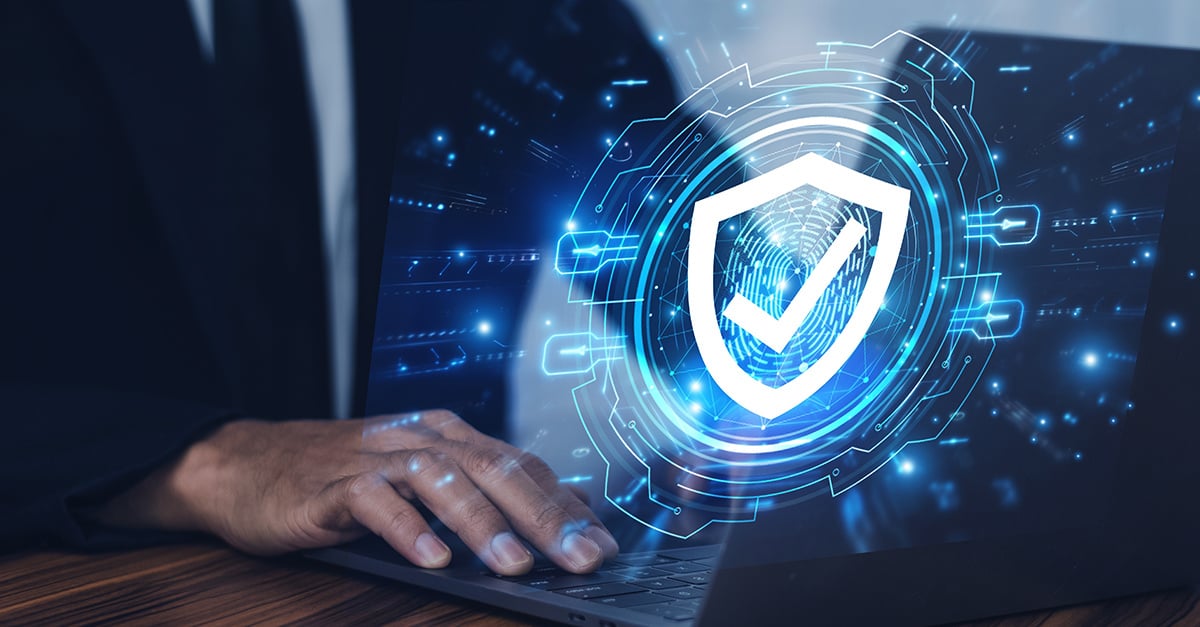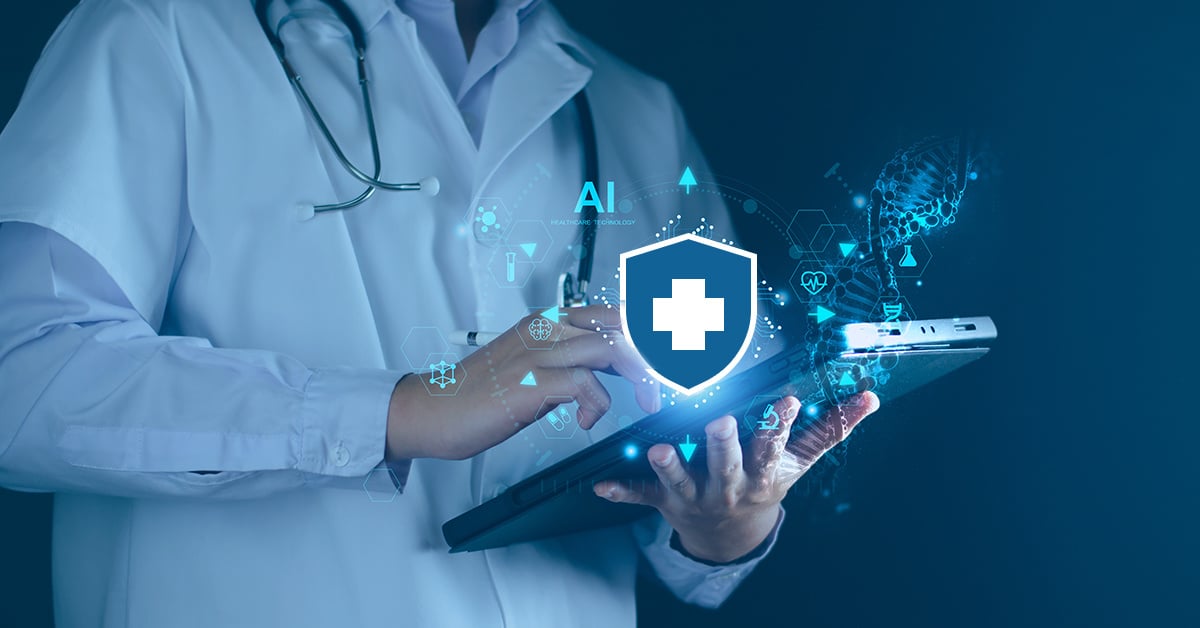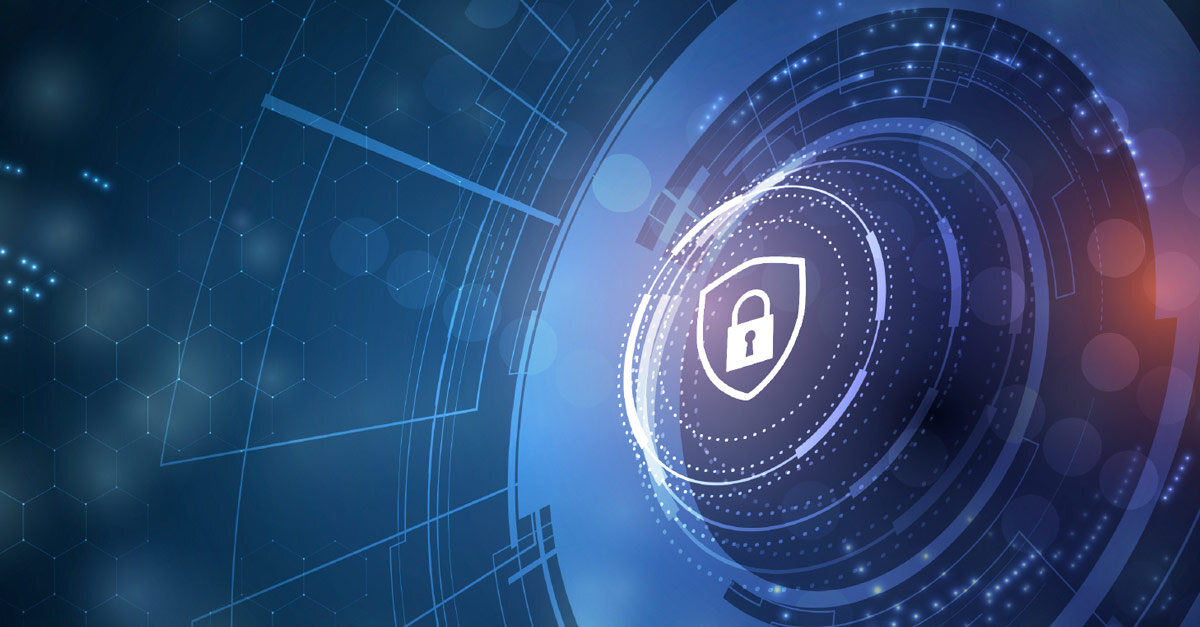Atlas PRIME® is ranked Best Provider Data Management Platform of 2025 by MedTech Breakthrough → Read More

7 Key Strategies for CISOs to Secure Their Organizations
29 Oct, 2024, 3 min read
In the rapidly evolving digital landscape, Chief Information Security Officers (CISOs) face immense pressure to safeguard their organizations from an expanding array of cyber threats. Balancing IT security measures with business objectives requires strategic foresight and careful execution. Cybersecurity is vital to IT services, and business leaders are aligning their strategies with the technology service provider to develop robust solutions.
Here are 7 essential strategies toward achieving security in your organization.
1. Comprehensive Cybersecurity Framework
A well-defined, comprehensive cybersecurity framework is at the core of any successful security strategy. This blueprint should encompass all security aspects, including risk management, data protection, compliance, and incident response. Leveraging industry-standard frameworks like NIST (National Institute of Standards and Technology) or ISO 27001 can help ensure the organization follows best practices. A robust framework provides a clear understanding of roles, processes, and tools needed to defend against cyber risks. CISOs should regularly update this framework to align with changing regulatory requirements and emerging threats.
2. Zero Trust Security Model
One of the most influential modern security paradigms is the Zero Trust model. In the Zero Trust architecture, organizations operate on the principle of "never trust, always verify." This means that internal and external users must continuously authenticate themselves, and access to resources is granted on a need-to-know basis. Adopting a Zero Trust model helps mitigate risks associated with insider threats, lateral movement of attackers within a network, and unauthorized access to critical assets. CISOs should prioritize implementing multi-factor authentication (MFA), micro-segmentation, and robust identity and access management (IAM) practices as part of their Zero Trust strategy.
3. Security into DevOps (DevSecOps)
With the rapid growth of DevOps practices, security teams must ensure that security measures are integrated early in the development lifecycle. This approach, known as DevSecOps, embeds security into every phase of development, from planning to deployment. CISOs should promote a culture of collaboration between development, operations, and security teams to identify and fix vulnerabilities before applications go into production.
4. Threat Intelligence and Behavioral Analytics
CISOs must adopt proactive threat intelligence and behavioral analytics to stay ahead of attackers. Threat intelligence involves collecting and analyzing data on emerging threats, such as malware, phishing attacks, and advanced persistent threats (APTs). By leveraging threat intelligence platforms more effectively, organizations can anticipate and respond to attacks. Behavioral analytics, on the other hand, involves monitoring user and entity behavior for anomalies that may indicate suspicious activity. CISOs should employ AI and ML platforms to identify deviations from standard patterns and detect potential threats in real-time. This proactive approach allows security teams to act swiftly, often before a breach occurs.
5. Incident Response Plan
No organization is immune to cyberattacks, making it essential for CISOs to have a robust incident response (IR) plan. An IR plan outlines the steps the organization will take in a security breach, ensuring that the response is coordinated, swift, and effective. The IR plan should include clear guidelines for detection, containment, eradication, recovery, and post-incident analysis. CISOs should conduct regular simulations and tabletop exercises to test and refine the IR plan based on the lessons learned.
6. Security Awareness Training
Human error is one of the most common causes of security breaches. CISOs must prioritize continuous security awareness training to equip employees to recognize and avoid potential threats. Regular training sessions should cover topics like phishing attacks, social engineering, password hygiene, and the safe use of mobile devices. CISOs should also incorporate phishing simulations and other interactive elements to assess employee awareness and tailor future training accordingly. By fostering a security-conscious culture, CISOs can significantly reduce the risk of accidental breaches and strengthen the organization's security posture.
7. Security Audits and Penetration Testing
Routine security audits and penetration testing are vital for identifying weaknesses in the organization's security architecture. Security audits assess the effectiveness of current controls, while penetration testing involves simulating real-world attacks to test the organization's defenses. These assessments help CISOs understand where the organization is vulnerable and provide insights into necessary improvements. CISOs must focus on internal testing and engage third-party security firms to conduct independent assessments. This ensures a fresh perspective and helps uncover risks that internal teams might have overlooked.
Need help establishing your cybersecurity solutions profile? Contact sales@atlassystems.com to set up a conversation with our experts!




%20imagery%20-%20assuring%20quality%201.png?width=103&height=87&name=2024-12-24%20PRIME%20PCM%20(Monitoring)%20imagery%20-%20assuring%20quality%201.png)



.png?width=645&height=667&name=MedTech%20Widget%20(3).png)

.png?width=645&height=443&name=Cybersecurity%20native%20ad%202%20(1).png)


















